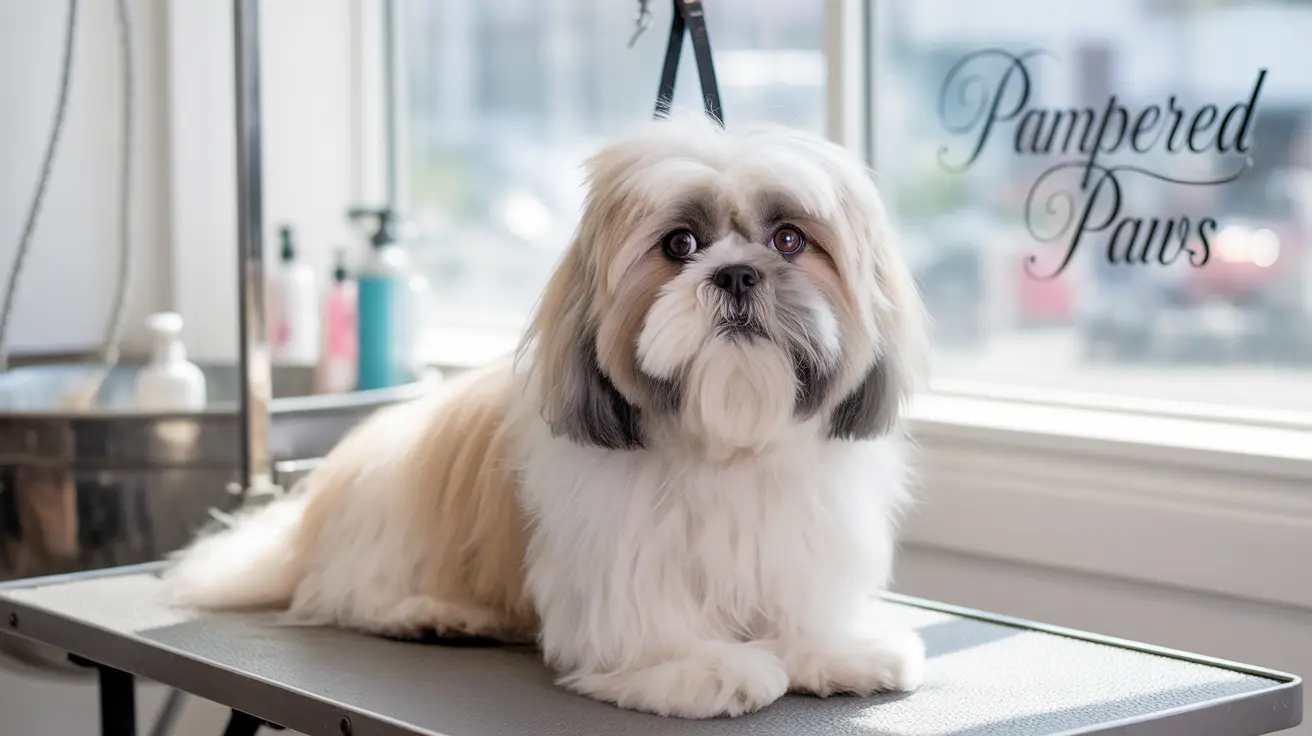Why Paw Fur Trimming Is Essential for Your Dog's Health
Regular paw fur trimming serves multiple crucial purposes that directly affect your dog's quality of life. Overgrown fur between the paw pads can lead to various issues, from minor inconveniences to potentially serious health concerns.
Preventing Slips and Falls
When paw fur becomes too long, it can act like tiny skis on smooth surfaces, causing your dog to slip and potentially injure themselves. This is particularly dangerous for senior dogs or those with existing mobility issues.
Maintaining Proper Hygiene
Excess fur between the paw pads can trap dirt, debris, and harmful substances. This accumulation not only makes your dog uncomfortable but can lead to bacterial or fungal infections if left unchecked.
Signs Your Dog Needs a Paw Fur Trim
Visual Indicators
Look for these clear signs that indicate it's time for a trim:
- Visible fur extending beyond the paw pads
- Matted or tangled fur between the toes
- Debris caught in the paw fur
- Uneven walking or frequent slipping
Behavioral Changes
Your dog may show these behavioral signs when paw fur becomes problematic:
- Excessive licking or chewing at the paws
- Reluctance to walk on smooth surfaces
- Changed walking pattern or limping
- Showing discomfort while walking
Professional vs. DIY Paw Fur Trimming
When to Seek Professional Help
Consider professional grooming services if:
- Your dog is particularly anxious or uncooperative
- You're not confident using grooming tools
- The fur is severely matted
- You need guidance on proper technique
DIY Trimming Tips
If you choose to trim at home:
- Use proper pet grooming scissors or clippers
- Work in a well-lit area
- Take frequent breaks if needed
- Reward your dog with treats and praise
- Start slowly and build confidence
Maintaining Healthy Paw Fur Between Trims
Regular maintenance between trimming sessions helps keep your dog's paws in optimal condition. This includes daily checks for debris, gentle brushing, and monitoring for any signs of discomfort or injury.
Seasonal Considerations for Paw Fur Care
Different seasons require different approaches to paw fur maintenance. Winter may require more frequent trimming to prevent ice and salt buildup, while summer might need regular maintenance to prevent heat-related issues.
Frequently Asked Questions
Do I need to trim the fur between my dog's paw pads, and why is it important?
Yes, trimming the fur between your dog's paw pads is important for preventing slipping, reducing dirt accumulation, and maintaining proper paw hygiene. Regular trimming helps prevent matting and allows better traction on various surfaces.
How often should I trim my dog's paw fur to prevent matting and slipping?
Most dogs need their paw fur trimmed every 2-4 weeks, depending on their breed and fur growth rate. Long-haired breeds may require more frequent trimming, while short-haired dogs might need less attention.
What are the best tools and methods for safely trimming a dog's paw fur at home?
Use specialized pet grooming scissors or clippers with rounded tips, work in good lighting, and maintain a calm environment. Always trim carefully around the pads, avoiding cutting too close to the skin.
Which dog breeds require more frequent paw fur trimming, and are there seasonal considerations?
Long-haired breeds like Shih Tzus, Yorkies, and Poodles typically need more frequent trimming. Consider more regular trims during winter to prevent snow and ice buildup, and during summer to reduce heat retention.
Can trimming my dog's paw fur improve their comfort and reduce the risk of injuries?
Yes, properly trimmed paw fur significantly improves your dog's comfort and stability while walking, reducing the risk of slipping and injury. It also helps prevent the accumulation of debris and irritants that could cause discomfort or infection.
Conclusion
Regular paw fur trimming is an essential aspect of dog grooming that directly impacts your pet's health and comfort. Whether you choose professional grooming or DIY maintenance, staying consistent with this practice will help ensure your dog's paws remain healthy and functional.
Remember to always approach paw fur trimming with patience and care, and don't hesitate to seek professional help if you're unsure about the process. Your dog's comfort and safety should always be the top priority.






